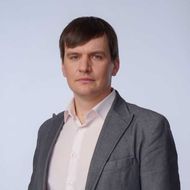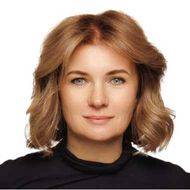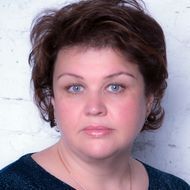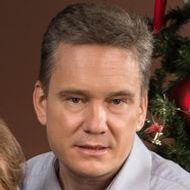Results of Second International Academic Cooperation Competition Announced
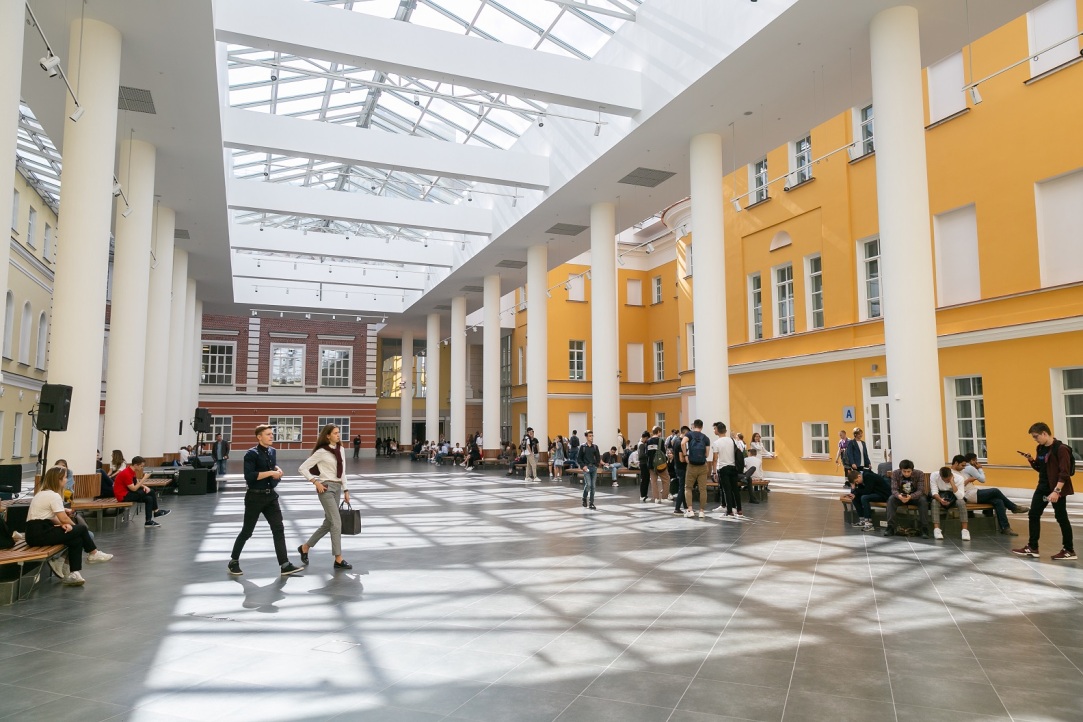
The International Academic Cooperation (IAC) competition aims to promote international academic partnerships, broaden research agendas, and foster interdisciplinary approaches. It also encourages students, including doctoral students at HSE University, to participate in joint basic research projects.
This year, the competition received 30 applications from research subdivisions across all campuses of HSE University. The international partners involved in these joint projects represent 28 research and educational institutions from nine countries: Brazil (three applications), India (one), Iran (one), Kazakhstan (three), Qatar (one), China (14, including one jointly with the University of Macau), the United Arab Emirates (one), Serbia (one), and Ethiopia (one).
The highest number of applications were submitted in collaboration with Chinese research teams.
The projects entered in the competition span 12 research areas, with social sciences, political science, and economics leading, followed by mathematics. This year, the range of scientific fields broadened, with applications submitted for research projects in healthcare, biology, philology, and linguistics. There was also a noticeable increase in interdisciplinary research initiatives.
The competition has created new opportunities for collaboration among research teams across HSE University's faculties. This year, the Faculty of Urban and Regional Development submitted three applications, while the Faculty of World Economy and International Affairs submitted five.
Based on the decision of the Competition Committee, eight research projects were selected for support.
The winning projects are:
Engineering of Highly Efficient and Stable Perovskite Solar Cells, a joint project of the Quantum Nanoelectronics Laboratory of the Tikhonov Moscow Institute of Electronics and Mathematics and a research team from the School of Materials Science and Engineering, Peking University, China. Andrey Vasenko is the project leader at HSE University.
Approaches to an Alternative International Monetary System, a joint project of the Centre for Comprehensive European and International Studies and a research team from the Institute of Economics, University of Campinas, Brazil. Anastasia Podrugina is the project leader at HSE University.
Machine Learning and Nonlinear Dynamics: Intersection, Interplay and Synthesis, a joint project of the Laboratory of Topological Methods in Dynamics at the Faculty of Informatics, Mathematics and Computer Science of HSE University in Nizhny Novgorod and a research team from the Institute of Physics, University of Belgrade, Serbia. Nataliya Stankevich is the project leader at HSE University.
Metallated Phtalocyanines as High-End Photosensitises in Phototherapy of Cancer, a joint project of the Laboratory of Bio- and Chemoinformatics at the St Petersburg School of Computer Science, Physics and Technology and Jiaxing University, China. Yuri Porozov is the project leader at HSE University.
The Influence of Competing Interactions and Topology on the Critical Parameters of the Advanced Superconducting Materials, a joint project of the Centre for Quantum Metamaterials at the Tikhonov Moscow Institute of Electronics and Mathematics and a research team from Federal University of Rio de Janeiro, Brazil. Arkady Shanenko is the project leader at HSE University.
Internationalization of Companies from Developing Countries: The Role of Intellectual Resources in Response to Exogenous Shocks, a joint project of the International Laboratory of Intangible-driven Economy at HSE University in Perm and a research team from Iran University of Science and Technology. Mariya Molodchik is the project leader at HSE University.
Dynamic Urbanistics: A Comparative Analysis of the Cities with Rapid Population Changes in Russia and China, a joint project of the Centre for Social Research and Technological Innovation of the Faculty of Urban and Regional Development and a research team of Tianjin University, China. Nadezhda Zamyatina is the project leader at HSE University.
Regional and Inter-regional Associations in Norm-building and Norm-control in the Area of Environmental Regulation in Russia and India, a joint project of the Centre for Comparative Governance Studies at HSE University in St Petersburg and a research team from the University of Petroleum and Energy Studies, India. Aleksei Sorbale is the project leader at HSE University.
'This year, we received an exceptionally interesting range of projects from across the globe. A total of 30 teams presented their proposals in collaboration with universities from nine countries,' says Alexander Balyshev, Senior Director for Basic Research and Vice Rector of HSE University. 'I am particularly pleased to see several promising projects involving Brazil, India, Iran, and Serbia, alongside our traditionally strong partnerships with Chinese institutions. From exploring new cancer treatments to developing alternative currency systems, the breadth of ideas is truly impressive. We are confident that the selected projects have the potential to make significant breakthroughs in their respective fields.'
'Our competition has already become a cornerstone for developing scientific partnerships and conducting joint basic research with partner countries. Now in its second consecutive year, the competition has attracted growing interest from all our initiative teams. This year, we have seen an increase in the number of applicants, as well as a broader range of research areas and participating countries,' says Marina Litvintseva, Director for Advanced Research. 'Among the winners are teams that were not successful last year but, ahead of the second competition, undertook substantial work with their prospective partners to lay a strong foundation for their projects. This provides a powerful incentive for colleagues across the university to take the initiative in preparing new proposals for next year.
It is encouraging to see that the established collaborations are already yielding positive results—colleagues are not only developing numerous initiatives supported by the university’s funding but are also actively pursuing similar joint grants from the Russian Science Foundation. This year, a significant number of applications focused on interdisciplinary research addressing timely topics such as technological leadership and the use of AI. Teams at HSE University place strong emphasis on aligning their work with the university's development strategy. Congratulations to all the winners—this year’s competition was exceptionally challenging! I wish you every success in carrying out your planned research.'
'The IAC competition addresses two key areas of the university's activities: fostering the development of research and strengthening collaboration with international partners,' explains Elena Shadrina, Deputy Director of the HSE Campus in Perm and member of the Competition Committee. 'From the perspective of a research laboratory or campus, this competition offers an opportunity to secure resources for ongoing or planned research, while directly stimulating the search for and close collaboration with international scientists. Projects within the framework of this competition can serve as a strong foundation for future joint external grants.
It is important to highlight the efficient organisation of the competition, from the definition of the competition rules to consulting support for participants during the application preparation phase to managing the Competition Committee's work of evaluating the applications. This has been an effort-intensive process for the organisers, participants, and the committee alike. But the results are worth it. I would like to extend special thanks to all the participants in the competition. Finding a partner and preparing an application is no easy task, and all of the submissions are highly interesting. I only wish we could support everyone.'
'The Quantum Nanoelectronics Laboratory at HSE MIEM has always been actively involved in international research,' says Andrey Vasenko, Professor at HSE MIEM, participant in the IAC competition, and leader of a 2025 winning project. 'Our laboratory has been using international recruitment to attract postdocs, with particularly many postdocs coming from China. In addition, a number of our researchers already had well-established connections with Chinese counterparts.
In 2024, our laboratory submitted an application for the first International Academic Cooperation competition at HSE University. The application focused on studying defects in perovskite materials, which are now actively used in the development of solar cells. However, the project had an obvious weak point: both our laboratory and our academic partner's laboratory at Beijing Normal University were addressing similar tasks—computer modelling of the electronic structure and molecular dynamics of charge carriers in the presence of defects in perovskites. As a result, our collaboration lacked what is usually called added value. Consequently, we did not win the 2024 competition and decided to take a step back and thoroughly reassess our approach to preparing a new application.
In 2025, our laboratory submitted a new application in collaboration with the Laboratory of Optoelectronic Materials and Devices at the School of Materials Science and Engineering, Peking University. This laboratory specialises in the experimental development of perovskite solar cells. Work in this field is impossible without continuous feedback from theorists. Developing efficient solar cells requires combining various materials, often artificially synthesised, with passivator molecules. Simply going through options is ineffective in this case; a solid theoretical foundation is required, along with a targeted selection of materials based on defined criteria. Computer modelling helps significantly narrow down the set of potential structures, which can then be synthesised and studied experimentally. Thus, the new application clearly demonstrated the added value of collaboration: a genuine synergy emerged between the theoretical and experimental work of the two laboratories.
Our collaborative preparation of the IAC project led to a publication in the prestigious Advanced Functional Materials, confirming the high potential of the joint project if supported, and outlining prospects for successful continuation of cooperation on the chosen topic. An additional advantage is that Peking University is the oldest and one of the most respected universities in China.'
More detailed information about each of the projects will be available in Schola, with the first issues due to appear this summer.


